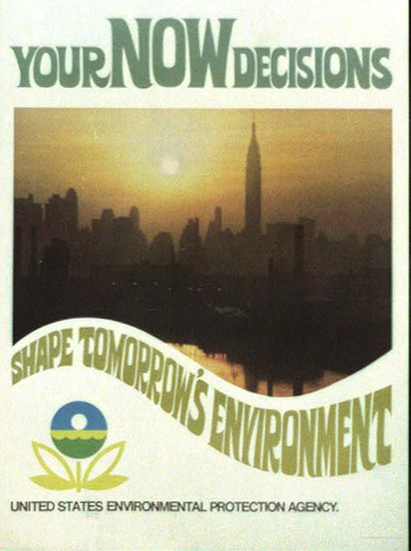The EPA
In the 1960s, large lakes in the U.S. that were used for drinking water had mounting pollution problems. Lake Erie began making national headlines with the oft repeated “Lake Erie is Dead” due to constant dead fish along its shoreline due to waste and pesticides. At the time, 11.6 million people lived in its basin, and it was standard practice for factories to dump chemical pollutants into the lake. On the Cuyahoga River in Ohio, a tributary of Lake Erie, an oil slick on the river caught fire in June of 1969. The blaze was quick lived before it was extinguished, but caused about $50,000 in damage to railroad bridges spanning the river. The next year, congress established the Environmental Protection Agency, for the first time creating a federal bureau to oversee pollution regulations. Later, in 1986, the EPA updated the Clean Water Act, which forced the New York City government to take a stricter stance on the rules and conduct in the Catskill watershed or face the high financial costs of building a filtration plant.
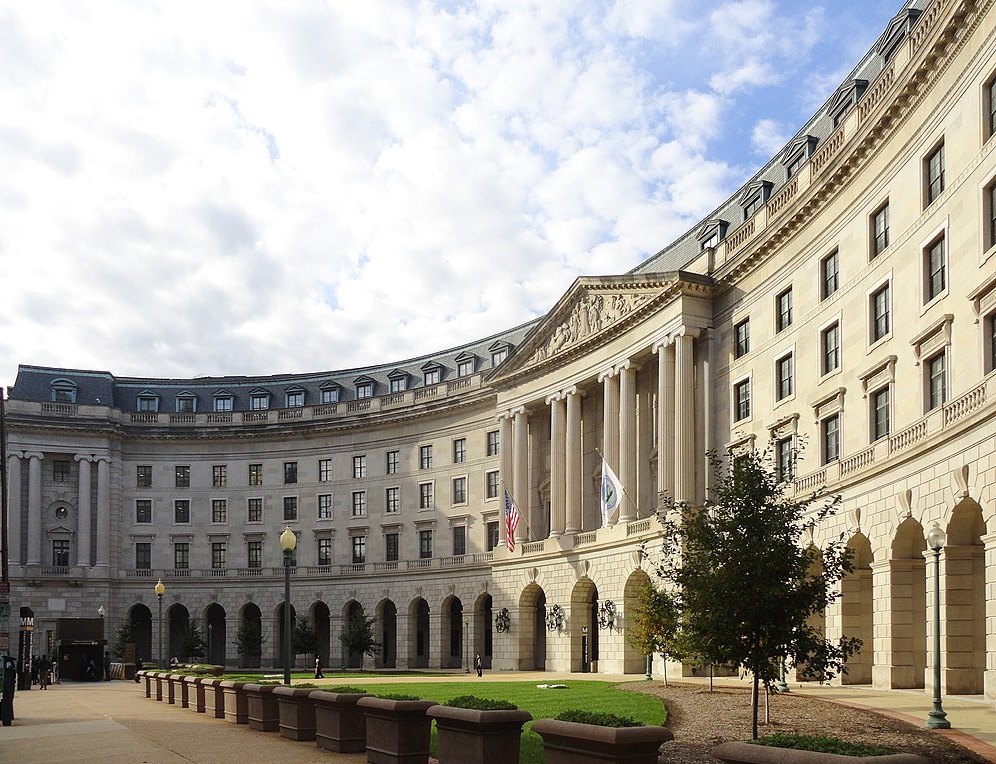
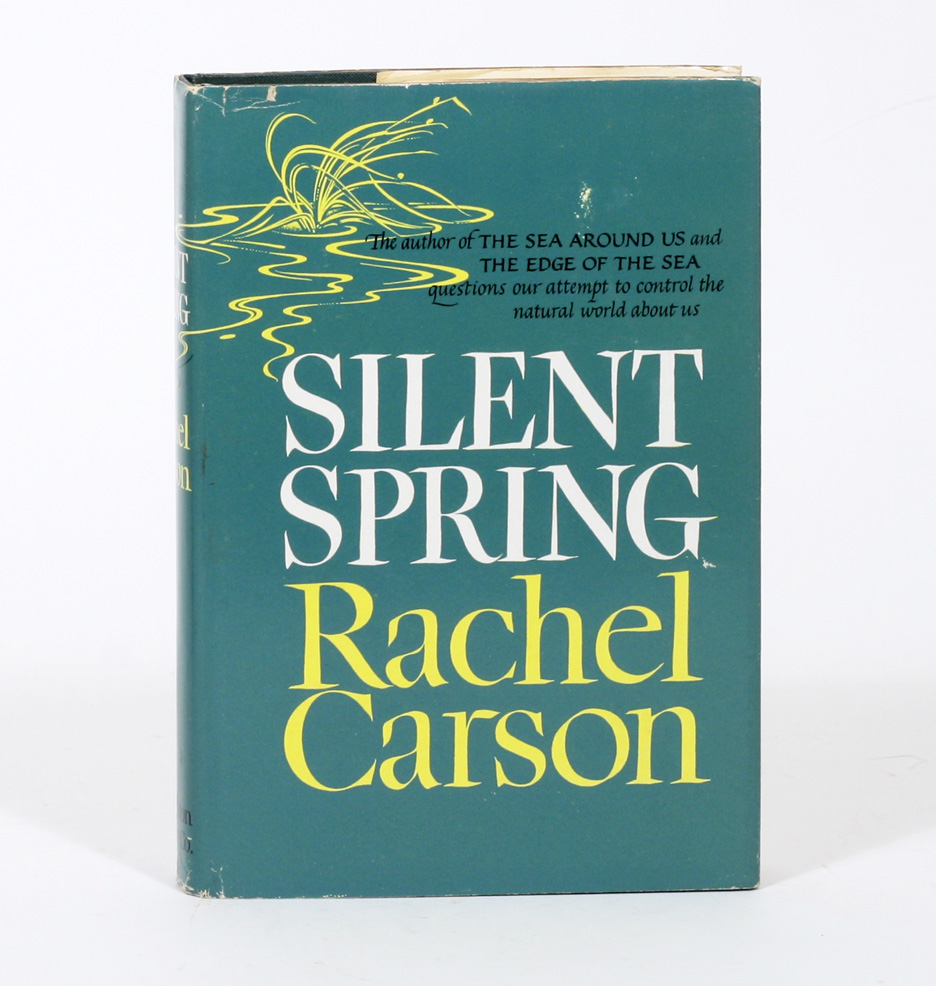
June 1962 Silent Spring
“Rachel Carson’s Silent Spring is published. Acclaimed as the catalyst of the modern environmental movement, Silent Spring condemns the overuse of pesticides. Between 1950-1962 the amount of DDT found in human tissue had tripled.
After the chemical industry denounces Carson’s book as a “gross distortion of actual facts,” Preisdent John F. Kennedy charges his Science Advisory Committee to review the book’s claims. The Committee reports that the conclusions in Silent Spring are generally correct, and by 1972 DDT will be banned in the U.S.”
— From a timeline of “The Modern Environmental Movement” by PBS. Link.
October 2, 1965
“The Water Quality Act passes, enhancing Federal control over water quality initially set by the Federal Water Pollution Control Act of 1948. These federal standards will become the baseline for statewide water quality levels.”
— From a timeline of “The Modern Environmental Movement” by PBS. Link.
Before the EPA was established and the Clean Water Act in 1972, the U.S. Congress passed the Water Quality act, which would have impacted the regulation of water quality in New York State.
October 2, 1968
“The Wild and Scenic Rivers Act provides a system that identifies and adds rivers across the United States to a protected list. By 1989, over 1,385 miles of rivers will be protected in Alaska alone.”
— From a timeline of “The Modern Environmental Movement” by PBS. Link.
Another key piece of legislation that strengthened the federal government’s ability to regulate threats to clean water and demonstrates the government’s growing recognition of the importance of protecting water bodies.
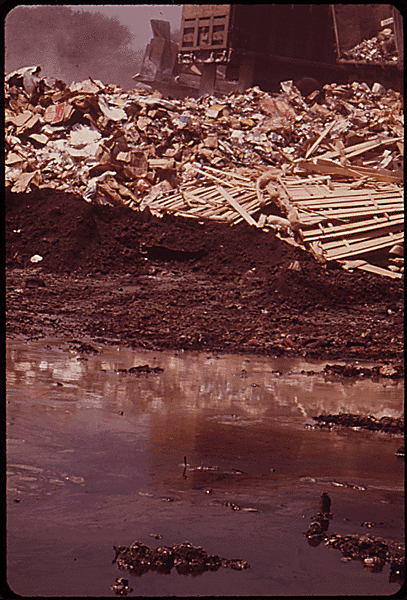
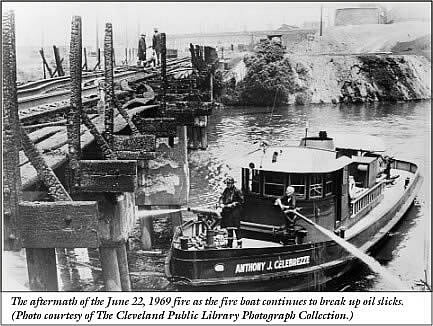
Early timeline provided by EPA website:
June 29, 1969
Fire on the Cuyahoga River: In 1969, the Cuyahoga River in Ohio becomes so polluted that it catches on fire. The fire helped spur an avalanche of water pollution control activities such as the Clean Water Act and the Great Lakes Water Quality Agreement. By bringing national attention to water pollution issues, the Cuyahoga River fire was one of the events that led to the creation of the federal Environmental Protection Agency and the Ohio Environmental Protection Agency.
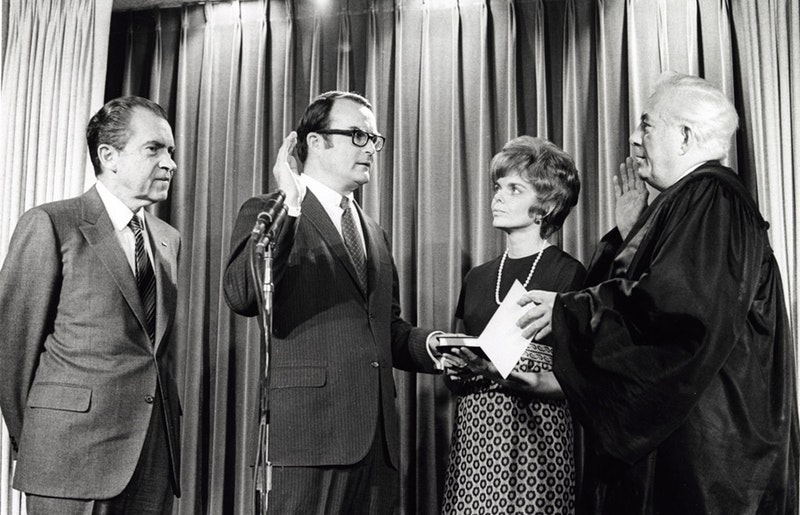
January 1, 1970
President Nixon Signs NEPA: The bill forms the Council on Environmental Quality (CEQ) to advise the President on the environment and review federal agencies’ Environmental Impact Statements, required for projects that would affect the environment.
April 22, 1970
First Earth Day: More than 20 million Americans participate in one of the largest grassroots community service movements in our history. Earth Day is now celebrated every year by almost 1 billion people worldwide.
December 2, 1970
Official Formation of EPA: Following President Richard Nixon’s ‘Reorganization Plan No. 3’ issued in July 1970, EPA is officially established on December 2nd, 1970. The agency consolidates federal research, monitoring and enforcement activities in a single agency. EPA’s mission is to protect human health by safeguarding the air we breathe, water we drink and land on which we live.
[…]
December 31, 1970
Clean Air Act of 1970: Congress authorizes EPA to set national air quality, auto emission, and anti-pollution standards. The standards led to the production of the catalytic converter in 1973 by New Jersey’s Engelhard Corporation. In its first 20 years, the Clean Air Act prevented more than 200,000 premature deaths by significantly reducing the presence of lead, sulfur dioxide and other harmful pollutants in the air.
[…]
October 18, 1972
Clean Water Act: Congress passes the Federal Water Pollution Control Act, commonly known as the Clean Water Act. The purpose of the Clean Water Act is to restore and maintain our nation’s waters by preventing pollution, providing assistance to publicly-owned wastewater treatment facilities, and maintaining the integrity of wetlands.
— Source: “Milestones in EPA and Environmental History” on the U.S. EPA website. Link.
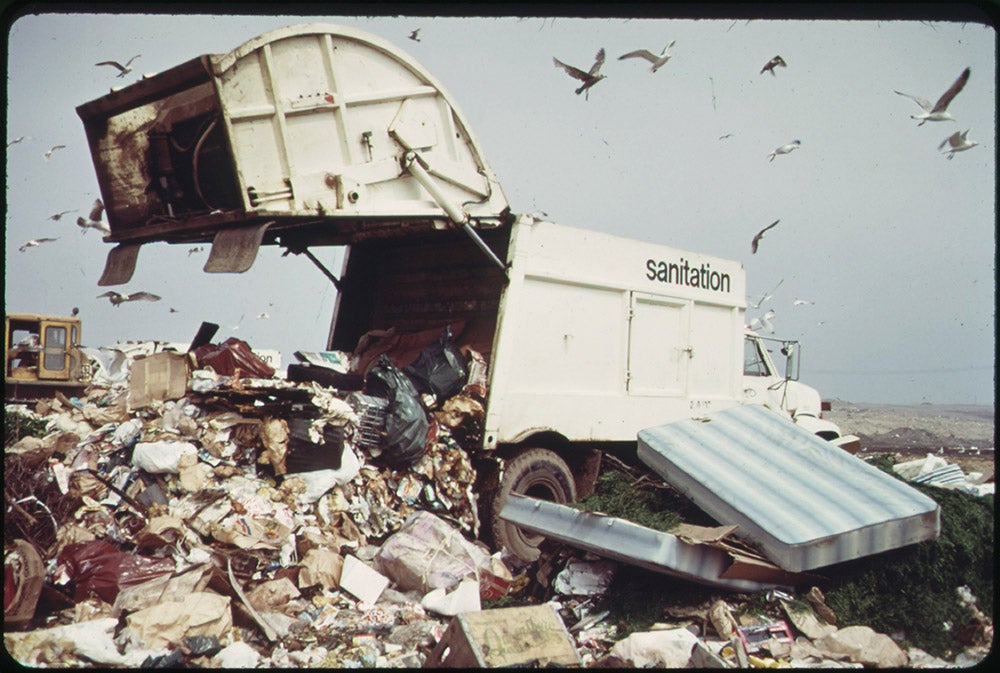
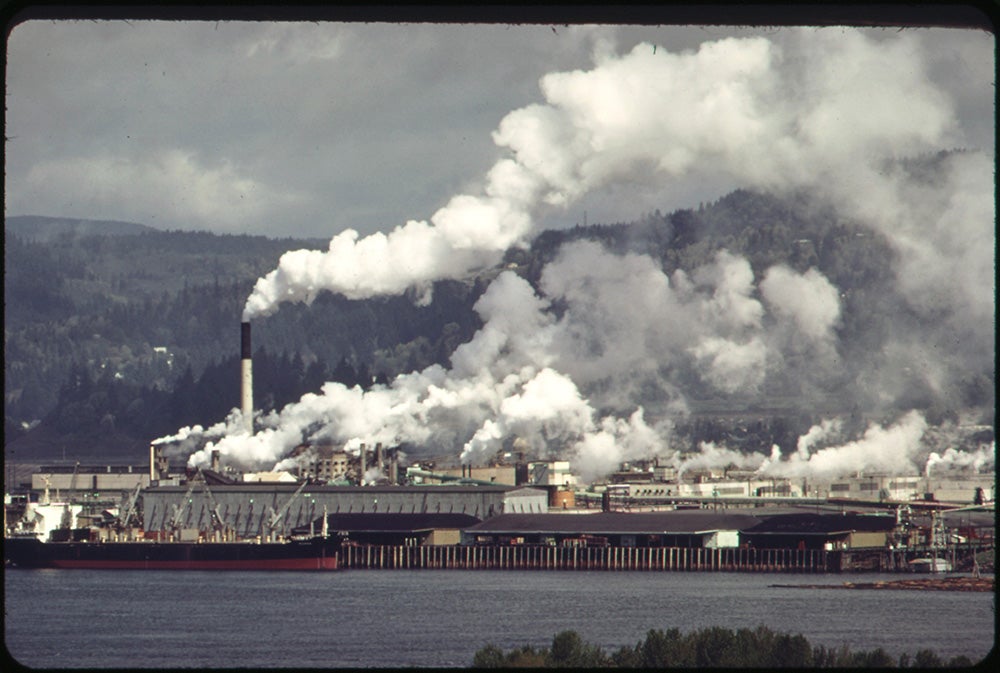
The Hudson River Cleanup
The Hudson River Cleanup is an enormous project helmed by the EPA to remove harmful chemicals, known as PCBs, dumped into the Hudson by General Electric over decades. This project has involved and impacted many New Yorkers and the history of the industrial pollution of the Hudson is emblematic of the treatment of many water bodies throughout the region. While New York City’s drinking water has been protected by the City’s strong regulatory power, many upstate communities face significant challenges in sourcing clean drinking water because of the history of contamination, corporate negligence, and a lack of environmental protection.
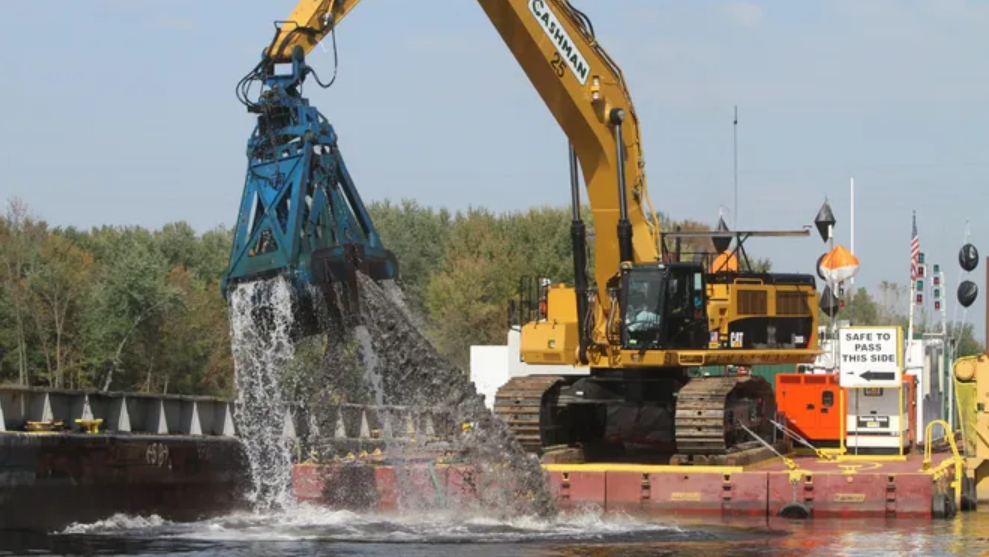
“The 315-mile Hudson River is steeped in American history. It guided Henry Hudson in search of a northwest passage and served commerce as a transportation route during the Industrial Revolution. Industry provided jobs, created communities, and brought economic growth to the region. However, an era of industrial pollution left its mark on the treasured river. Today, 200 miles of the Hudson River is classified by EPA as a Superfund site – one of the largest in the country.
Polychlorinated biphenyls, or PCBs, were widely used as a fire preventive and insulator in the manufacture of electrical devices, like transformers and capacitors, because of their ability to withstand exceptionally high temperatures. During a 30-year period ending in 1977, when EPA banned the production of PCBs, it is estimated that approximately 1.3 million pounds of PCBs were discharged into the Hudson River from two General Electric (GE) capacitor manufacturing plants located in the towns of Fort Edward and Hudson Falls, New York. Once PCBs entered the river, they were deposited and mixed with the sediments at many locations on the river bottom and at some locations along the shoreline in the floodplain.
PCBs build up in the environment (bioaccumulate), increasing in concentration as they move up the food chain. The primary health risk associated with the site is the accumulation of PCBs in the human body through eating contaminated fish. Since 1976, high levels of PCBs in fish have led New York State to close various recreational and commercial fisheries and to issue advisories restricting the consumption of fish caught in the Hudson River. PCBs are considered probable human carcinogens and are linked to other adverse health effects such as low birth weight, thyroid disease, and learning, memory, and immune system disorders. PCBs in the river sediment also affect fish and wildlife.
In 1984, 200 miles of river, between Hudson Falls and the Battery in New York City, was placed on EPA’s National Priorities List of the country’s most contaminated hazardous waste sites.
Today the Hudson River exists as one of the most extensively studied rivers in the country, having been monitored almost continuously for a period of more than 25 years. Ongoing evaluations of water quality, sediment, air quality, fish, and wildlife by the Federal Government and the State of New York demonstrated that the river was not cleaning itself and PCBs in the sediment posed a serious risk to human health and the environment. Studies conducted to evaluate the extent of the problem revealed that most of the contaminated sediments were in “hot spots” situated in a 40-mile stretch of the river between the town of Fort Edward and the Troy Dam.”
—Explanation of the Hudson River Cleanup on the EPA website.
Source: U.S. Environmental Protection Agency. Link.

Further resources
Article on the Origins of the EPA from the EPA Archive

